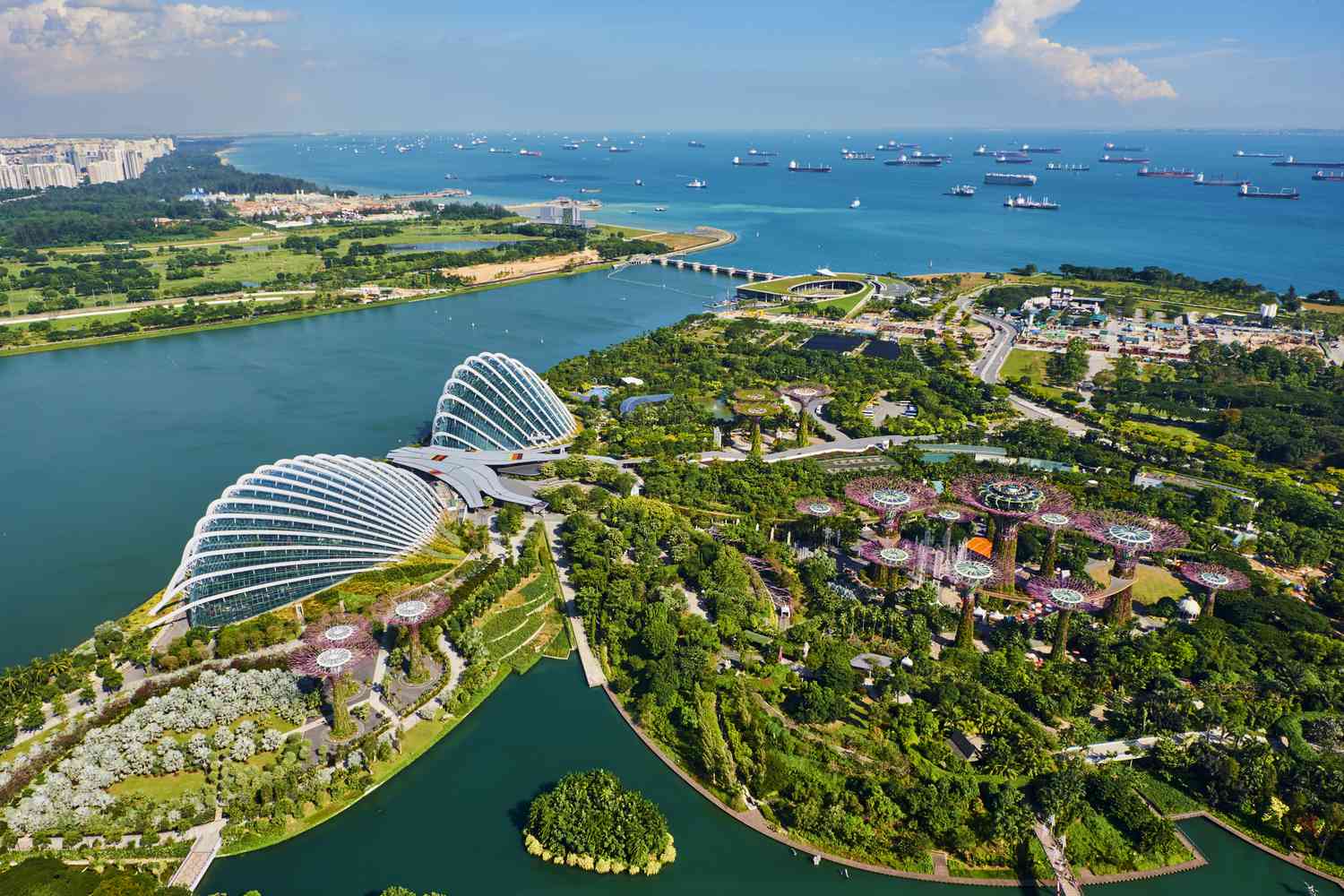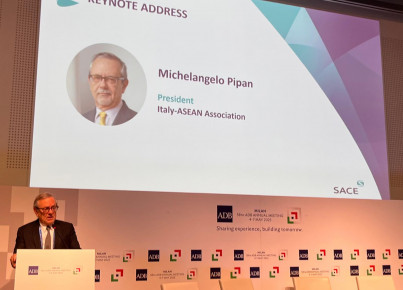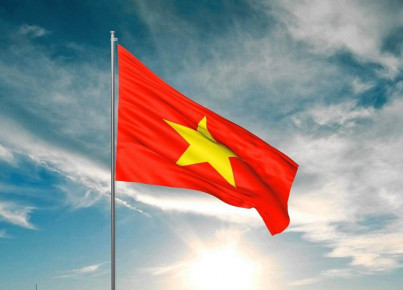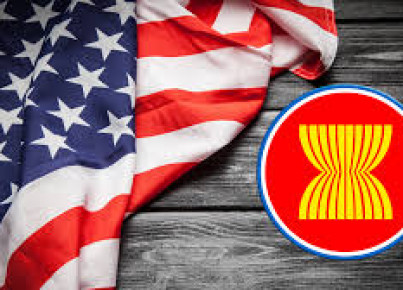Since its independence in 1965, the creation of a “harmonious multiethnic society” has been one of the principles guiding the work of the city-state government
By Emanuele Ballestracci
“We, the citizens of Singapore, pledge ourselves as a united people, regardless of race, language or religion, to build a democratic society based on justice and equality in order to achieve happiness, prosperity and progress for our nation.” Every morning thousands of Singaporean students begin their day by reciting this mantra, exemplifying one of the cornerstones of its executive: governing through differences. Indeed, since its independence in 1965, the creation of a “harmonious multi-ethnic society” has been one of the guiding principles of the People's Action Party (PAP) in its uninterrupted rule of Singapore.
The relevance of this issue lies in the peculiar composition of the Singaporean population and the ethno-social clashes that have historically characterized its decolonization process, albeit to a lesser extent than in the broader regional context. In South and Southeast Asian states, especially Sri Lanka, Indonesia, and India, riots and violent clashes between different ethnic groups are in fact phenomena that have often been repeated after their independence. In 1965, Singapore's population was about 75 percent Chinese, 13 percent Malay, 7 percent Indian, and 5 percent so-called Others (migrant workers and Eurasians), and the figures have remained roughly stable to the present day. Given such heterogeneity, ethnic-social governance was an existential challenge for the fledgling city-state from the very beginning. It was clashes between Singaporeans of Chinese and Malaysian origin in 1964, which resulted in 36 deaths and hundreds of injuries, that led PAP founder Lee Kuan Yew to scuttle the federation project with Malaysia and the subsequent establishment of Singapore as an independent state. Since then such incidents have declined exponentially, leading Singapore to be the much-vaunted model of social order and stability that it is today.
To achieve a so-called “harmonious multicultural society” over the years, the PAP launched a series of highly successful initiatives, chief among them the choice of English as the lingua franca. This choice allowed the former British colony to create a neutral space in which to develop shared values and identity, while allowing the various ethnic groups to maintain the use of their traditional language. In fact, Mandarin Chinese, Malay, and Tamil remain the country's official languages and depending on ethnicity are taught alongside English. In some cases even the legislative system has been adapted to Singapore's particular multicultural composition, and family legislation is a clear example. In fact, the Women's Charter is the main source on the subject, but there is a parallel legal and judicial system to follow Muslim law on marriage, divorce, maintenance, and child custody.
Then there is the quota system for the allocation of public housing, which accounts for 80 percent of the total in Singapore, created in 1989 in order to reflect the ethnic composition of the population in each district, neighborhood and condominium. This has prevented the creation of mono-ethnic enclaves and encouraged the creation of multicultural communities. A quota system also ensures minimum representation in parliament for minorities, and the office of Head of State is traditionally given to a Malay or Indian, further balancing the political weight of each ethnic group.
Finally, a dense body of legislation has been enacted over the years that allows the Singapore government to severely punish any kind of racial violence or discrimination, whether offline or online. Such punishments have often been criticized for being far too harsh, in remonstrance of the importance the PAP places on the issue of social harmony. Further evidence of this is the swiftness with which such laws are updated to respond in a timely manner to new forms of racial hatred.
However, not all that glitters is gold, and Singapore is certainly no exception. Indeed, the designation of the respective ethnic groups remains a controversial and extremely rigid process. In identifying the major social components, all the specificities within them, all three of which were extremely rich, have been flattened out. Moreover, the ability to change the racial identity attributed is also limited for the children of interracial couples, who must still designate a “main race” for their children for administrative purposes. Also presenting critical issues are the system of political representation of minorities and the admittedly celebrated housing system. Indeed, the political supremacy of ethnic Chinese remains a constant in the history of the city-state, while quotas for the allocation of public housing have distorted the housing market, increasing economic inequality among the population.






